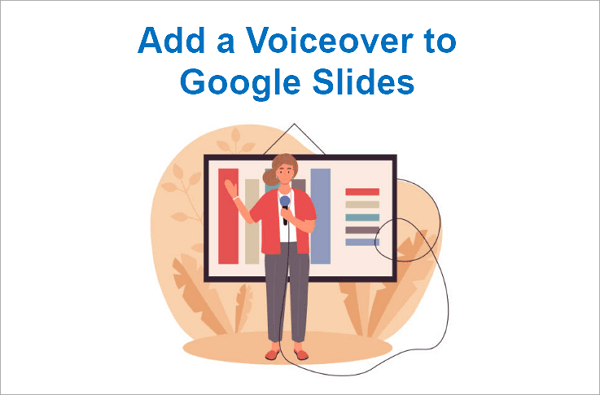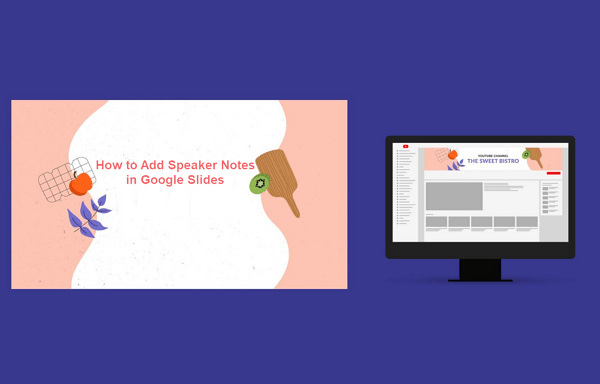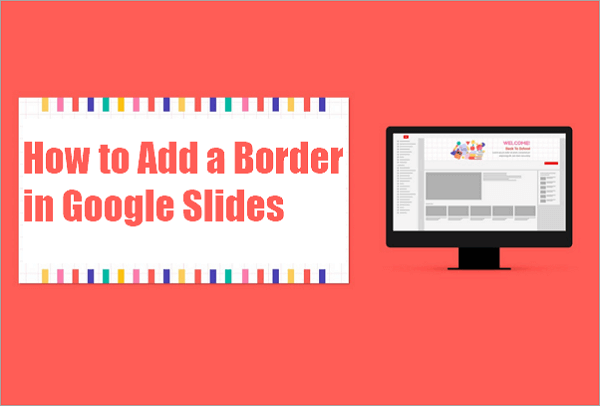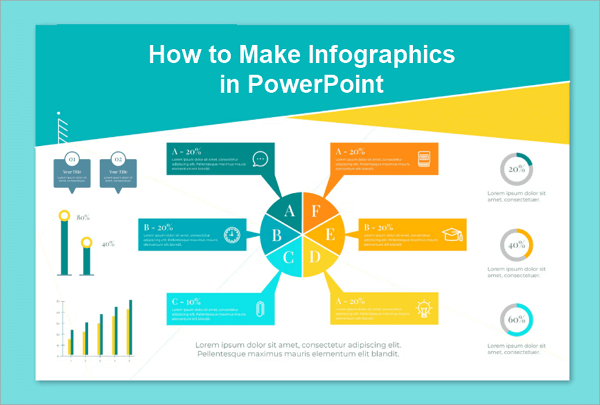If you’ve ever prepared to pitch an idea, startup, or project, you’ve probably wondered about the pitch deck definition and why it matters so much. Many founders and professionals struggle with questions like: What slides should I include? How long should my deck be? How do I make it engaging and persuasive for investors or clients?
This guide aims to answer these questions clearly. We’ll break down what a pitch deck really is, why it matters for fundraising and storytelling, and how you can create a pitch deck presentation that leaves a strong, lasting impression.
1. What is a Pitch Deck
A pitch deck is a concise, visual presentation that summarizes your business idea, product, or project in a way that’s easy for others to understand. It is essentially a tool that tells your story, highlights your value proposition, and demonstrates why your business or idea deserves attention.
A well-prepared pitch deck balances storytelling with factual information, helping you engage your audience and make your vision tangible. Understanding the pitch deck definition and the purpose of an investor pitch deck is the first step toward creating a presentation that convinces and inspires.

2. What Is the Purpose of a Pitch Deck and Its Common Types
The main goal of a pitch deck presentation is to grab attention, clearly communicate your value, and persuade your audience, whether that’s investors, clients, or partners. To achieve this, different types of pitch decks are used depending on your audience and the purpose of your presentation.
So, let’s take a closer look at the most common types of pitch decks and what makes each one unique.
Investor Pitch Deck
This type of pitch deck is designed to convince potential investors that your business is worth funding. It usually includes slides on market size, financial projections, traction, the team behind the venture, and your funding needs. The idea is to show growth potential and make investors feel confident in your plan.
Teaser or Elevator Pitch Deck
For brief presentations or quick introductions, some decks focus on giving a high-level overview in just a few slides. These are designed to spark interest quickly, particularly during networking events or short meetings, leaving the audience curious and eager to learn more in a follow-up conversation.
Sales or Customer Deck
It focuses on demonstrating the value of your product or service to potential clients. It highlights benefits, return on investment, and success stories, aiming to persuade the audience to buy, subscribe, or partner with you.

Product or Demo Deck
This type of pitch deck focuses entirely on showing your product in action. They highlight key features, demonstrate the user experience, and explain how your solution addresses the problem. This approach helps the audience clearly see what makes your product stand out.
Partnership or Collaboration Deck
When your goal is to engage potential strategic partners, your pitch deck should emphasize collaboration and shared value. It focuses on showing how working together can create mutual benefits, highlighting synergies, growth opportunities, and the value both parties can gain from the collaboration.
3. What is in a Pitch Deck
A well-structured pitch deck usually follows a familiar flow, with each slide serving a clear purpose. Below are the key elements most investor pitch decks include:
➤ Cover Slide: This sets the tone for your presentation. It usually contains your company name, logo, and tagline.
➤ Problem: Investors need to see the pain point you’re addressing.
➤ Solution: Here’s where you showcase your product or service as the answer. Using the fintech example, this might be an app that offers instant invoice factoring to keep businesses financially stable.
➤ Market Opportunity: Show the size and growth potential of your market. You could mention that the global digital payments industry is projected to reach trillions in the next decade, making your idea part of a rapidly expanding field.
➤ Product Demo: Screenshots, visuals, or a short walkthrough help investors picture the solution in action. Think of a SaaS startup showing a dashboard with real-time analytics.
➤ Traction: Highlight key milestones, early adopters, or press mentions. For example, “10,000 users signed up in the first three months” or “featured in TechCrunch” adds credibility.

➤ Business Model: Explain how your company makes money. This could be subscription fees, one-time sales, or freemium plans with premium upgrades.
➤ Go-to-Market Strategy: Lay out how you plan to attract customers. A consumer app might focus on influencer partnerships and targeted digital ads, while a B2B product could rely on direct sales and industry events.
➤ Competition: Show who else is in the market and what sets you apart. For instance, your software may offer automation features missing from bigger competitors.
➤ Team: Introduce the founders and key team members. A startup tackling AI-driven healthcare could spotlight a CEO with a medical background and a CTO with deep AI expertise.
➤ Financials: Provide a snapshot of your projections, such as revenue forecasts over the next 3–5 years, plus key metrics like customer acquisition cost (CAC) and lifetime value (LTV).
➤ The Ask: Conclude by stating how much funding you’re seeking and how you’ll use it. For example, “We’re raising $1M to expand product development and grow our sales team.”
4. How to Make a Pitch Deck
A pitch deck becomes far easier to create when you follow a structured process. Here are five detailed steps to guide you from planning to final delivery:
Step 1. Collect your core content
Before opening PowerPoint, AiPPT.com, or any other tool, start with research and notes. Write down your company mission, the problem you’re solving, how your solution works, the market size, and your unique edge. Gather proof points like customer feedback, traction numbers, or growth projections.
Also, prepare your business model (how you’ll make money), financial forecasts, and details about your team. Think of this step as “gathering the building blocks” so you don’t waste time later.
Step 2. Choose a presentation tool
Pick a platform that suits your workflow. If you want AI help to auto-generate slides, AiPPT is a smart option. Canva and Visme are great if you prefer polished pitch deck templates. Beautiful.ai or Pitch can automate professional layouts for you. Choose one tool and commit to it — switching mid-way often creates an inconsistent design.

Step 3. Organize your slides
At this stage, you just need to structure your slides around the elements we discussed in the previous section (problem, solution, market, product, traction, business model, competition, team, financials, and ask).
The key is to arrange them in a logical flow that tells your story clearly. Make sure each slide focuses on one main idea, avoid stuffing too much information, and keep transitions smooth so your audience can easily follow your narrative.
Step 4. Design with clarity
Good design makes your story more persuasive. Limit each slide to one or two key points. Replace long text with bullet points or visuals. Use graphs for data (e.g., a line chart for revenue growth), and mockups for products. Keep a consistent color palette, use no more than two fonts, and leave enough white space for readability.
If design isn’t your strength, lean on templates offered by tools like AiPPT.com.
Step 5. Finalize and rehearse
Once your slides are ready, polish the details. Check for spelling mistakes, align elements neatly, and ensure all data is up to date. End with a strong “ask” — for example, “We’re raising $1M to expand into three new markets.”
After that, rehearse your delivery multiple times. Time your presentation (aim for 10–15 minutes), record your practice, and prepare for questions investors might ask. Confidence in delivery is just as important as the slides themselves.
5. Recommended Online Tool for Creating a Pitch Deck
An ideal pitch deck maker can help presenters save time with ready-to-use templates, provide strong support for visuals by generating professional charts and graphics, and simplify storytelling so ideas are organized into a compelling flow. This is exactly where AiPPT.com stands out. Unlike traditional tools, AiPPT leverages AI to generate complete pitch decks directly from your ideas, uploaded documents, or even links.
With access to over 200,000 pitch deck templates, you can always find a design that perfectly matches your brand and industry. Beyond templates, AiPPT also makes interactive presentations effortless by generating professional charts — from bar graphs and line charts to pie charts and scatter plots — that instantly elevate your slides.
For founders and professionals who do not have the time to design from scratch, AiPPT blends speed with polish, helping you create a pitch deck that looks professional and tells your story effectively.
💡 Follow this tutorial on writing a pitch deck using AiPPT:
Step 1: Visit AiPPT.com and create a free account. Once logged in, click “+ New Project” to begin.
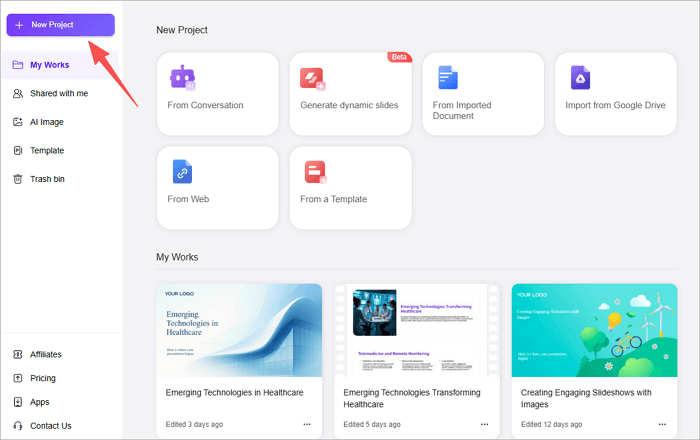
Step 2: Enter your pitch topic, upload a document (e.g., Word, PDF), or paste a URL. AiPPT will analyze the content and generate a structured outline for your deck.
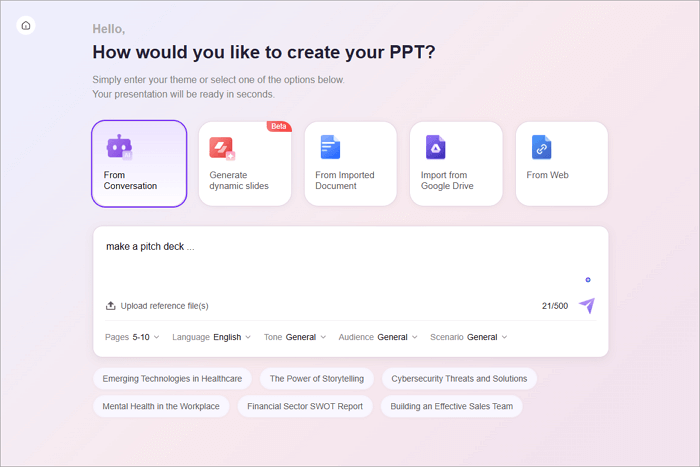
Step 3: Browse through AiPPT’s library of over 200,000 templates. Select one that fits your brand and presentation style. AiPPT will automatically apply the chosen template to your slides.
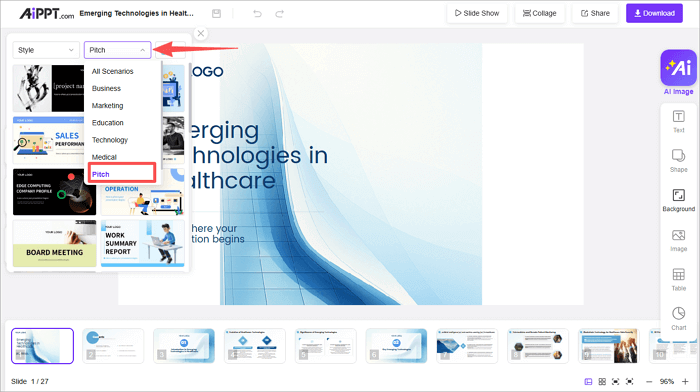
Step 4: Edit text, adjust layouts, and add visuals as needed. AiPPT allows you to upload your logo and apply custom fonts and colors to maintain brand consistency.
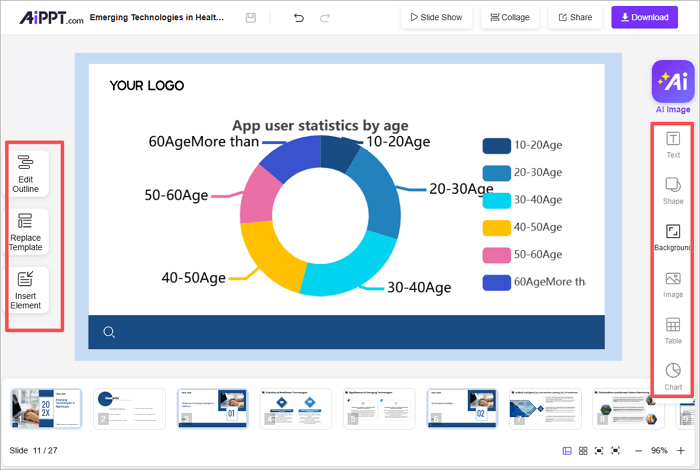
Step 5: Once satisfied, download your presentation as a PPTX, PDF, or image file. Alternatively, share a link for online viewing or collaboration.

Conclusion
To truly captivate investors, one must first grasp the pitch deck meaning, which lays the foundation for presenting your business idea, strategy, and goals effectively. A strong pitch deck should include key elements like the problem, solution, market, product demo, traction, business model, competition, team, financials, and a clear ask. Using a professional pitch deck template helps save time, ensures design consistency, and makes your content easy to follow.
Tools like AiPPT streamline the process, allowing you to focus on storytelling and presenting a polished, investor-ready deck that leaves a lasting impression.
FAQs About Creating a Pitch Deck
To help clarify the finer points of building a strong pitch deck, we’ve compiled answers to frequently asked questions.
1. What is a pitch deck for investors?
A pitch deck for investors is a concise presentation designed to showcase your business idea, strategy, and growth potential to potential investors. It typically includes key elements such as the problem your business solves, your solution or product, market opportunity, business model, traction, competition, team, financial projections, and a clear funding request. The goal is to communicate your vision quickly and persuasively, helping investors understand the value of your business and why it’s worth their investment.
2. What is the 10 20 30 rule for pitch decks?
The 10/20/30 rule, popularized by Guy Kawasaki, is a guideline for creating effective pitch decks. It suggests using 10 slides, keeping your presentation under 20 minutes, and using a font size of at least 30 points. This approach ensures your deck is concise, easy to read, and focused on the most important points, helping you capture investors’ attention without overwhelming them.
3. How to write a investor pitch deck outline?
To write an investor pitch deck outline, start by listing the key sections your deck should cover: the problem, solution, market opportunity, product demo, traction, business model, competition, team, financials, and your funding ask. Arrange these sections in a logical order that tells a compelling story, keeping each point focused and concise.
If creating an outline from scratch feels overwhelming, you can use AiPPT to generate a complete, structured outline automatically, giving you a ready blueprint for your slides.

